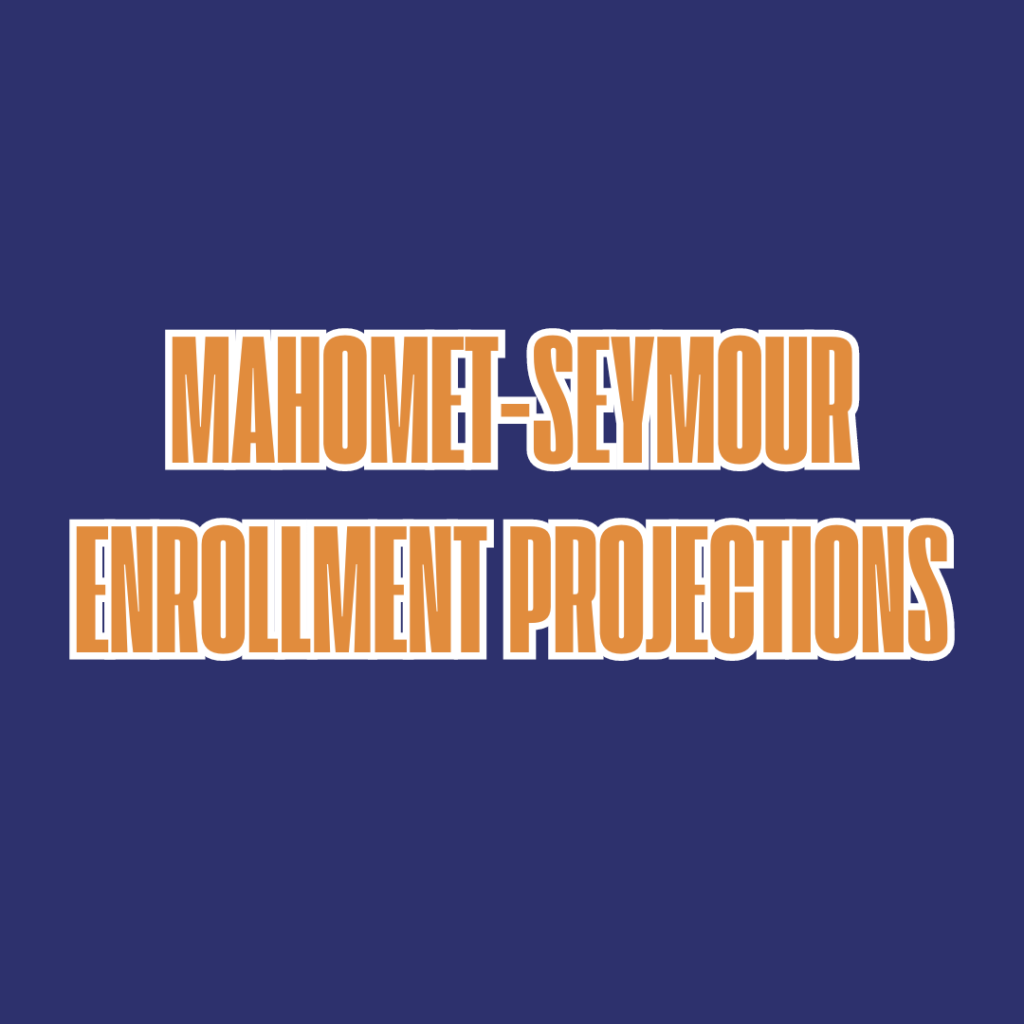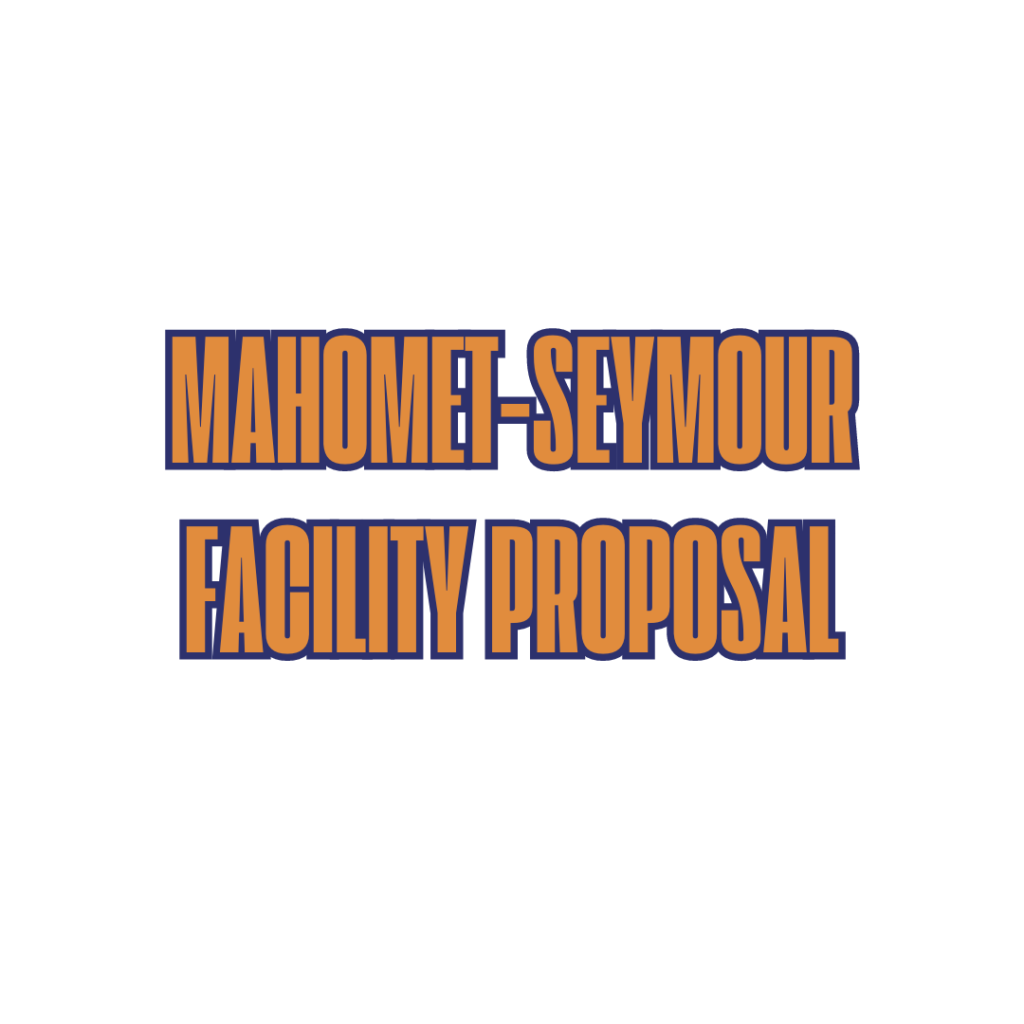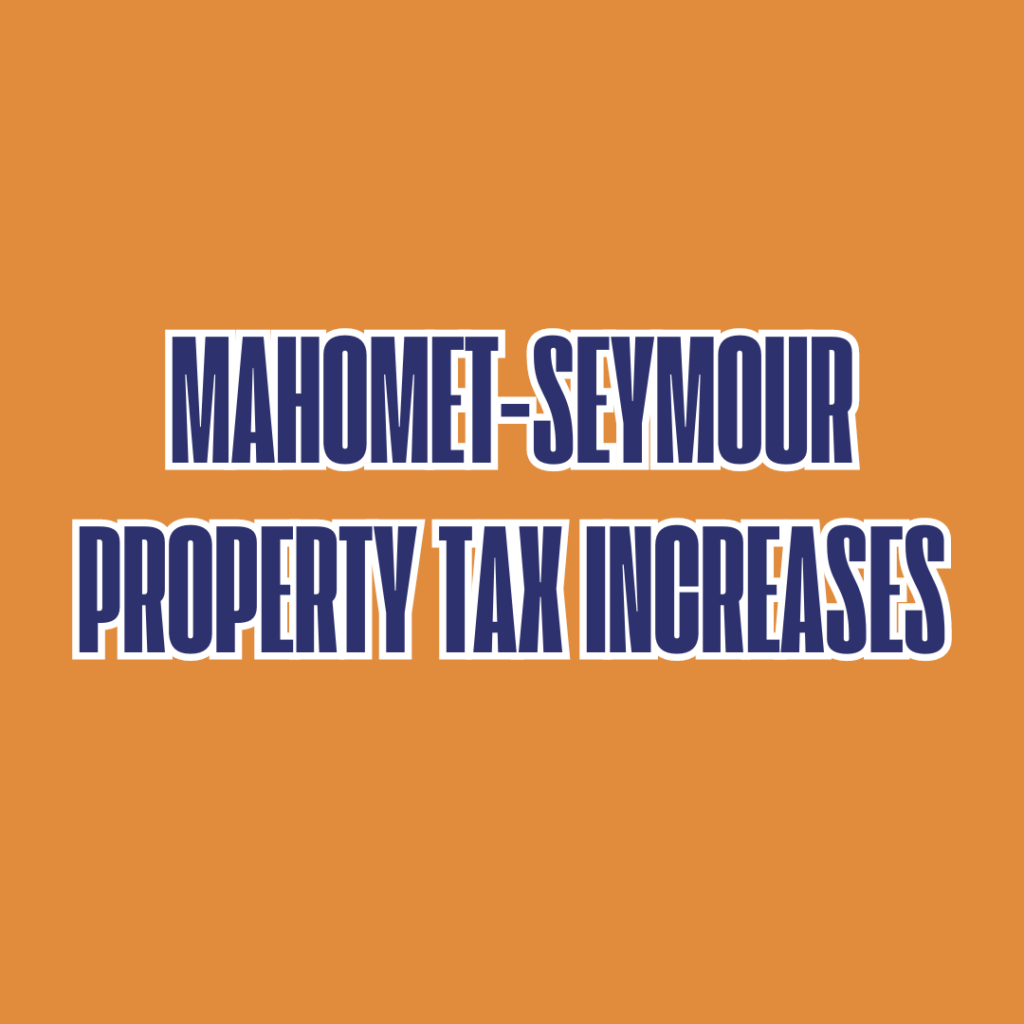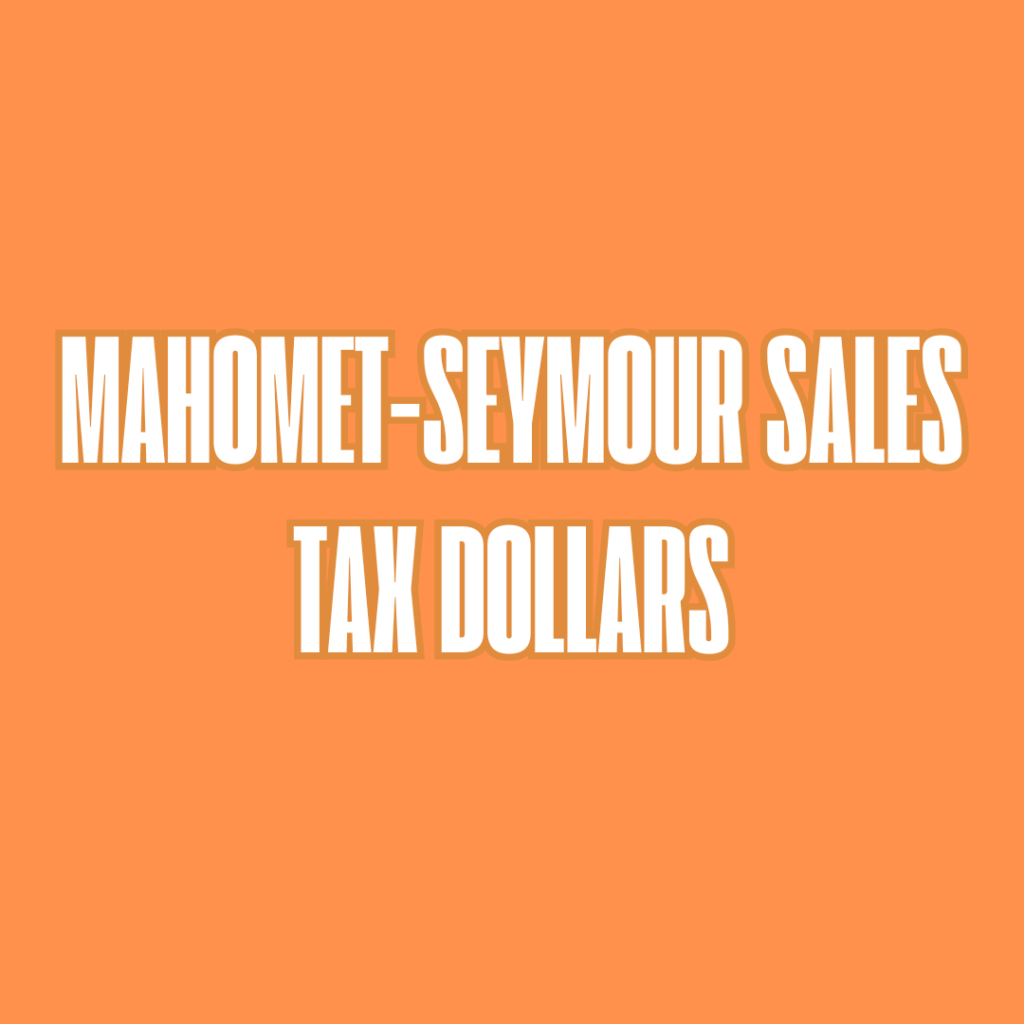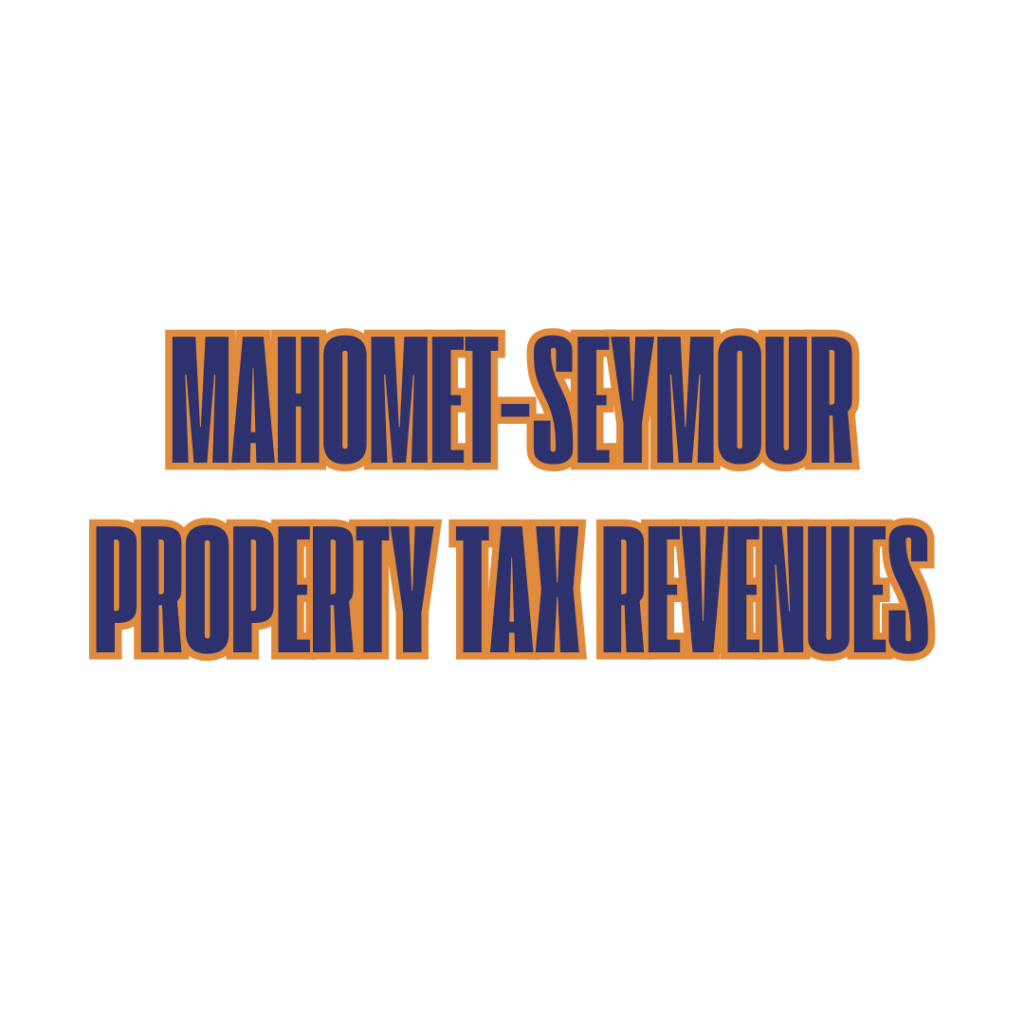
Here are the top points from the article:
- Capacity concerns have been ongoing since 2010, with the Mahomet-Seymour School District making plans to adjust class sizes based on financial standing.
- Once Middletown Prairie Elementary was completed for grades Pre-K through 2nd grade in 2018 the building was at capacity by 2019.
- The district is proposing a $112.8 million referendum that includes constructing new 2nd-3rd grade and 6th-8th grade facilities, renovations, and other improvements.
- Projected capacity issues: The district predicts that new buildings will reach planned capacity by 2034 and max capacity by 2045, potentially earlier based on growth trends.
- The district’s 1.4% growth model is in question: Historical data shows a 1.7% growth rate since 2015 and new residential developments are already in the works, suggesting that enrollment might exceed predictions.
- Classroom space could quickly reach capacity in the new buildings, much like Middletown Prairie did shortly after opening in 2017.
- Future expansion is limited with both elementary schools located on the district’s current 30-acre property.
Capacity concerns within the Mahomet-Seymour School District have been on the table since 2014, when the Board of Education and then-Superintendent Rick Johnston approved a plan to adjust class sizes based on the district’s financial standing, which at the time were subpar.
Following this, the district constructed Middletown Prairie Elementary, initially as a Pre-K and kindergarten facility, later expanding it to include first and second grades. As part of this evolution, the district also sold Sangamon Elementary for a net of $750,000 as the purchase price with approximately $100,000 in concessions made for asbestos abatement to the buyer.
Rather than proceeding with the initial plan to create an “island” of two elementary schools on the district’s 70-acre property east of town, the decision was made to house Pre-K through second grade at Middletown Prairie. Part of the reason the district decided to put the two elementary buildings together was because a district can renovate or add onto a building without voter approval, but in order to build a new building, even if a district has all of the funds to do so, the public has to agree through a referendum. Additionally, the hope was that voters would support a new junior high building on the 40-acre site south of this area. However, a referendum proposing this plan failed twice.
Now, voters are being asked to decide on a $112.8 million referendum, which includes:
- Construction of a new 2nd & 3rd grade facility with a capacity of 600-700 students on district property north of South Mahomet Road ($39.1 million)
- Minor renovations at Lincoln Trail Elementary for specials and site improvements for traffic flow ($2.2 million)
- Construction of a New two story 6th – 8th grade facility with a capacity of 900 -1050 on the current junior high site, additional parking, new practice track ($68.7 million)
- Demolition of the current junior high school building and track/high school soccer field ($1.3 million)
- Constructing of a new High School Soccer field at MSHS ($1.5 million)
With new buildings and a 20-year property tax increase commitment, it could be expected that the Mahomet-Seymour School District has designed a building that will accommodate at least 20 years of growth.
But according to the district’s msreferendum2024.org website, the new buildings are projected to reach planned capacity (300 students per grade) by 2034, ten years before the referendum payments are scheduled to conclude. By 2045, one year after those payments end, it is anticipated that each grade could reach max capacity, with around 350 students per grade. These estimates may fall short, though.
Click here to take a look at enrollment projections.
Sketches have been released showing potential designs for the new buildings, detailing the number of classrooms they could accommodate. Based on current class sizes and classroom availability, the district may face a situation similar to when Middletown Prairie first opened, where the new building could be at or near capacity within just a few years.
Currently, second and third grade classes have 11 and 10 classrooms, respectively. While it is difficult to see what the kindergarten and first grade student population will be in 2027, the 2024 school year has 12 kindergarten classes and 11 first grade classes. When we look at the rendering provided by the district’s architect of record, BLDD Architects, we see that the district is only planning for 13 classrooms for second and third grade in the new building. If the District has the resources to hire additional teachers, 13 classrooms at each of these grade levels could temporarily reduce class sizes, but as enrollment grows, class size will return to, and then exceed, current levels, likely within ten years.
It remains to be seen as to what the district plans to do with the 40 acres south of South Mahomet Road. With both elementary schools on the 30 acres north of South Mahomet Road, future expansion of both schools will be limited. The new elementary school is envisioned to be very close to the new South Mahomet Road.
Because junior high students do not spend their day in a single homeroom classroom model like elementary students do, it is more challenging to compare the current setup with the proposed plans. What we do know is that currently, for academic general education each of the grade levels at the junior high have 10 “sections” per grade meaning they currently utilize 10 classrooms per academic class period per grade. In the renderings of the new two-story junior high building, the district plans to have 12 academic classrooms per grade level supporting 12 “sections” per grade. The plans also provide for additional special education spaces at each grade level and three rooms dedicated as “flex” space.
The new junior high building includes a few “flex” spaces, much like what was included for plans at Middletown Prairie Elementary. Those flex spaces, along with some of the designated special education and “Encore” classrooms were filled with classrooms just a year after the building opened in 2017.
With the same amount of ELA, Math, Science and Social Studies classrooms at Mahomet-Seymour Junior High and only a few more classrooms planned in a second and third grade elementary school, increased enrollment per grade will result in larger class sizes as the 20 year referendum plays out.
The district is using a 1.4 percent average year-to-year increase in their projections. This will mean that class sizes will look like this over the next 20 years:
The district used a 1.4 percent increase since 2015 in their projections, but according to district-provided data over the last 10 years, the increase since 2015 is an average of 1.7 percent. Should this number continue over the next 20 years, here is what classroom sizes will look like over the life of the referendum:
As the Mahomet-Seymour School District faces continued growth, the challenge remains: will the new facilities be enough to accommodate the future student population? With the district relying on a 1.4-percent growth model but historical trends pointing to a higher rate, the need for flexibility in planning is evident.
Voters must consider whether the current proposal addresses not only the immediate needs but also the long-term capacity of the district. As Mahomet continues to expand, how well the district adapts will determine whether these investments provide lasting solutions or simply short-term relief.
To see more information on enrollment projections, click here.
